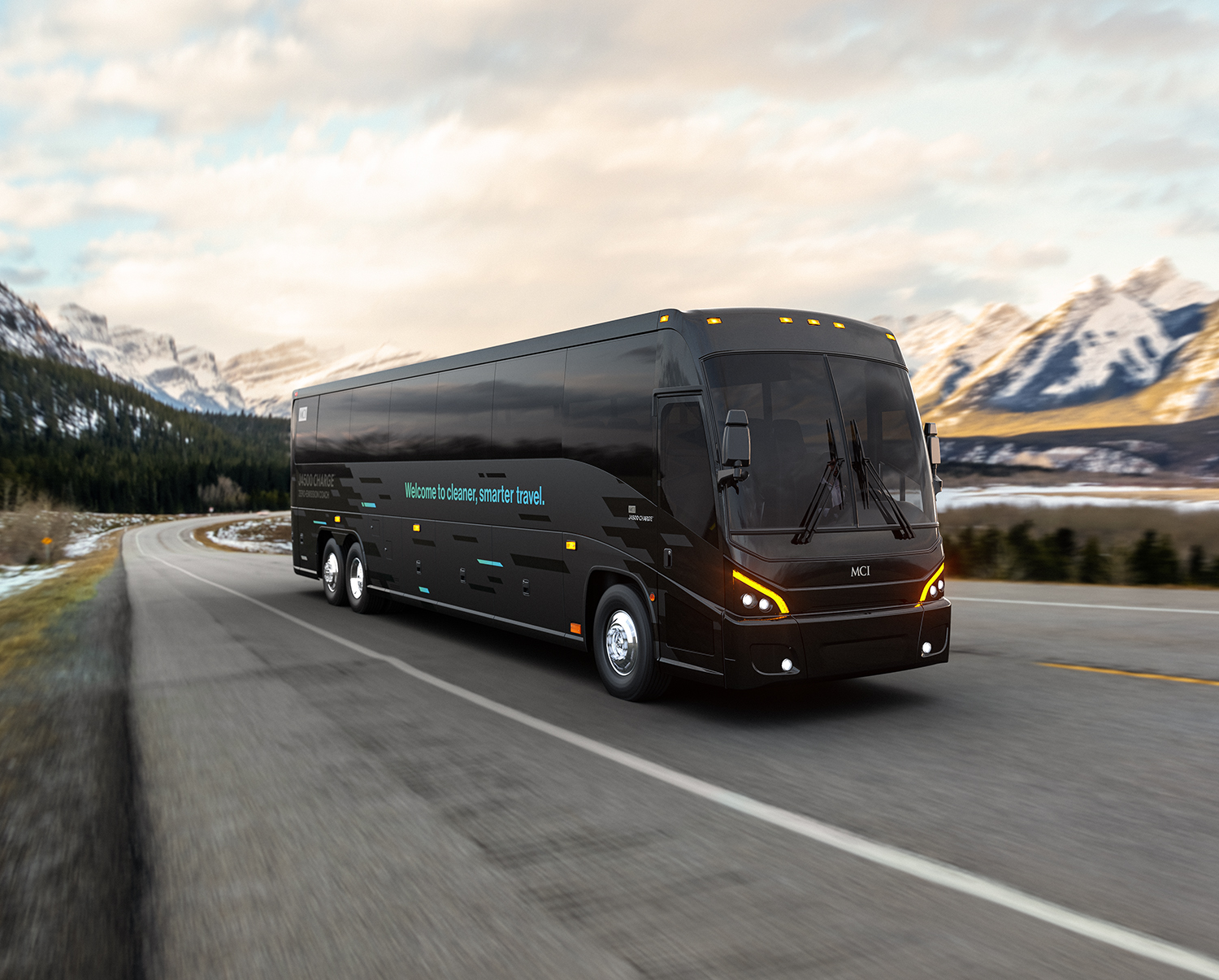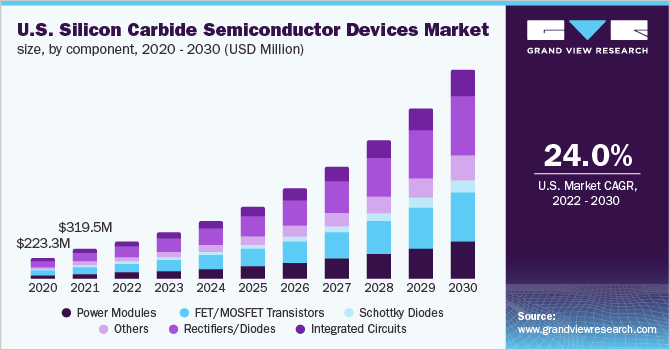The Hydrogen-Battery Bus Debate: A European Perspective On Sustainable Transportation

Table of Contents
Battery-Electric Buses: The Current Frontrunner
Battery-electric buses (BEBs) are currently leading the charge in many European cities. Their dominance is due to several compelling advantages.
Advantages of Battery-Electric Buses:
-
Lower Upfront Cost: BEBs generally have a significantly lower initial purchase price compared to hydrogen fuel cell buses (HFCBs), making them a more accessible option for many municipalities.
-
Established Charging Infrastructure: Many European cities already boast a developing network of charging stations, simplifying integration and reducing initial infrastructure investment.
-
Technological Maturity: BEB technology is mature, with readily available components and established supply chains, ensuring easier maintenance and repairs.
-
Lower Operating Costs: The cost of electricity is generally lower than hydrogen, resulting in lower operating costs over the lifespan of the bus.
-
Quieter Operation: BEBs operate significantly more quietly than diesel or HFCBs, contributing to reduced noise pollution in urban environments.
-
Successful Deployments:
- Amsterdam has successfully integrated a large fleet of BEBs into its public transport system.
- Several cities in Norway, a leader in electric vehicle adoption, utilize extensive BEB networks.
- London is gradually expanding its fleet of electric buses, aiming for significant decarbonization.
Disadvantages of Battery-Electric Buses:
- Limited Range: BEBs typically have a shorter range than HFCBs, limiting their suitability for longer routes and intercity services.
- Longer Refueling Times: Charging times for BEBs can be significantly longer than refueling HFCBs, impacting operational efficiency.
- Battery Life and Recycling: Battery lifespan and the environmental impact of battery production and recycling remain significant concerns. The extraction of rare earth minerals and the disposal of spent batteries present environmental challenges.
- Grid Dependency: Charging BEBs relies heavily on existing electricity grids, potentially straining infrastructure and increasing electricity demand, particularly during peak hours.
- Infrastructure Limitations: The current charging infrastructure in many European regions is insufficient to support widespread BEB adoption. The need for significant upgrades to electricity grids and charging points represents a substantial hurdle.
Hydrogen Fuel Cell Buses: A Promising Alternative
Despite the current dominance of BEBs, hydrogen fuel cell buses (HFCBs) offer a compelling alternative, particularly for specific applications.
Advantages of Hydrogen Fuel Cell Buses:
-
Longer Range and Faster Refueling: HFCBs boast significantly longer ranges and much faster refueling times compared to BEBs, making them ideal for longer routes and intercity services.
-
Reduced Grid Dependency: HFCBs are less reliant on existing electricity grids, potentially reducing strain on infrastructure.
-
Cleaner Emissions: HFCBs only emit water vapor, offering significantly cleaner emissions than diesel buses.
-
Suitable for Longer Routes: Their extended range makes HFCBs well-suited for longer routes and intercity transport, where BEBs are currently less practical.
-
Specific Scenario Benefits:
- Ideal for routes with limited charging infrastructure.
- Well-suited for rapid transit systems requiring frequent, quick refueling.
- Offer an advantage in rural areas where electricity grid capacity is limited.
Disadvantages of Hydrogen Fuel Cell Buses:
- Higher Upfront Cost: The initial investment for HFCBs is considerably higher than for BEBs, representing a significant barrier to entry for many municipalities.
- Lack of Infrastructure: A widespread network of hydrogen refueling stations is currently lacking in most European countries, hindering broader adoption.
- Energy-Intensive Production: Hydrogen production can be energy-intensive, potentially offsetting some of the environmental benefits if not sourced from renewable energy.
- Safety Concerns: Concerns remain regarding the safe storage and transportation of hydrogen fuel.
The European Policy Landscape and Infrastructure Development
The European Union is actively promoting sustainable transport through various initiatives and funding programs. However, the level of investment in charging infrastructure for BEBs significantly outweighs investment in hydrogen refueling stations. This disparity reflects the current market dominance of BEBs and the associated technological maturity.
- EU Policies: The EU's Green Deal and various transport strategies prioritize the shift towards sustainable public transport.
- Infrastructure Investment: Substantial funding is directed towards expanding charging infrastructure for BEBs, but investment in hydrogen refueling stations lags significantly.
- Regional Variations: Policy priorities and infrastructure development vary considerably across different European countries and regions, reflecting differing energy mixes and transportation needs.
- National-Level Policies: Many European nations have implemented national strategies supporting either BEBs or HFCBs, depending on their individual circumstances and priorities. For example, Germany is heavily investing in hydrogen technology, while other countries focus on battery-electric solutions.
Environmental Impact Assessment: A Life-Cycle Perspective
A comprehensive life-cycle assessment (LCA) is crucial for comparing the environmental impact of BEBs and HFCBs. This requires considering the entire process, from raw material extraction to vehicle manufacturing, operation, and end-of-life management. The source of electricity for charging BEBs and the method of hydrogen production for HFCBs significantly influence their respective carbon footprints.
- Greenhouse Gas Emissions: The overall life-cycle greenhouse gas emissions of both technologies vary greatly depending on several factors including the electricity mix and the method of hydrogen production.
- Electricity Source: If BEBs are charged using renewable energy, their emissions can be significantly lower.
- Hydrogen Production: The environmental impact of hydrogen production depends heavily on the energy source used in the process. Green hydrogen produced from renewable energy sources significantly reduces the environmental impact.
- Material Use and Waste: The environmental impact of battery production and disposal for BEBs, and the production and distribution of hydrogen for HFCBs must be factored in.
Conclusion: Choosing the Right Path for Sustainable Public Transportation in Europe
Both battery-electric and hydrogen fuel cell buses offer viable paths towards sustainable public transportation in Europe. The optimal choice depends on several factors, including route length, existing infrastructure, and specific environmental targets. While BEBs currently hold the market advantage due to lower costs and established infrastructure, HFCBs offer compelling advantages for long-distance routes and areas with limited grid access. Continued research and development in both technologies are crucial. Furthermore, a collaborative approach, involving policymakers, manufacturers, and infrastructure providers, is needed to ensure a smooth transition towards sustainable public transportation utilizing a combination of hydrogen-battery buses, tailored to the specific needs of different regions and routes. Let's work together to find the best balance to effectively deploy both technologies and accelerate the transition towards a truly sustainable transportation system in Europe.

Featured Posts
-
 Ayesha Currys Revelation Putting Marriage First In Her Family
May 07, 2025
Ayesha Currys Revelation Putting Marriage First In Her Family
May 07, 2025 -
 Legendarniyat Dzheki Chan Praznuva 71 Iya Si Rozhden Den
May 07, 2025
Legendarniyat Dzheki Chan Praznuva 71 Iya Si Rozhden Den
May 07, 2025 -
 Analysis Of Trumps 100 Tariff Proposal For Foreign Produced Films
May 07, 2025
Analysis Of Trumps 100 Tariff Proposal For Foreign Produced Films
May 07, 2025 -
 The End Of An Era Reflecting On Skypes Impact On Communication
May 07, 2025
The End Of An Era Reflecting On Skypes Impact On Communication
May 07, 2025 -
 Papezev Blagoslov Urbi Et Orbi Francisek Pozdravi Mnozico Na Trgu Sv Petra
May 07, 2025
Papezev Blagoslov Urbi Et Orbi Francisek Pozdravi Mnozico Na Trgu Sv Petra
May 07, 2025
Latest Posts
-
 Bmw And Porsches China Challenges A Growing Industry Trend
May 08, 2025
Bmw And Porsches China Challenges A Growing Industry Trend
May 08, 2025 -
 Increased Rent In La Following Fires A Price Gouging Scandal
May 08, 2025
Increased Rent In La Following Fires A Price Gouging Scandal
May 08, 2025 -
 Investigation Into Antisemitic Acts At Boeings Seattle Facility
May 08, 2025
Investigation Into Antisemitic Acts At Boeings Seattle Facility
May 08, 2025 -
 Los Angeles Wildfires The Disturbing Reality Of Disaster Gambling
May 08, 2025
Los Angeles Wildfires The Disturbing Reality Of Disaster Gambling
May 08, 2025 -
 Price Gouging Allegations Surface In La After Devastating Fires
May 08, 2025
Price Gouging Allegations Surface In La After Devastating Fires
May 08, 2025
